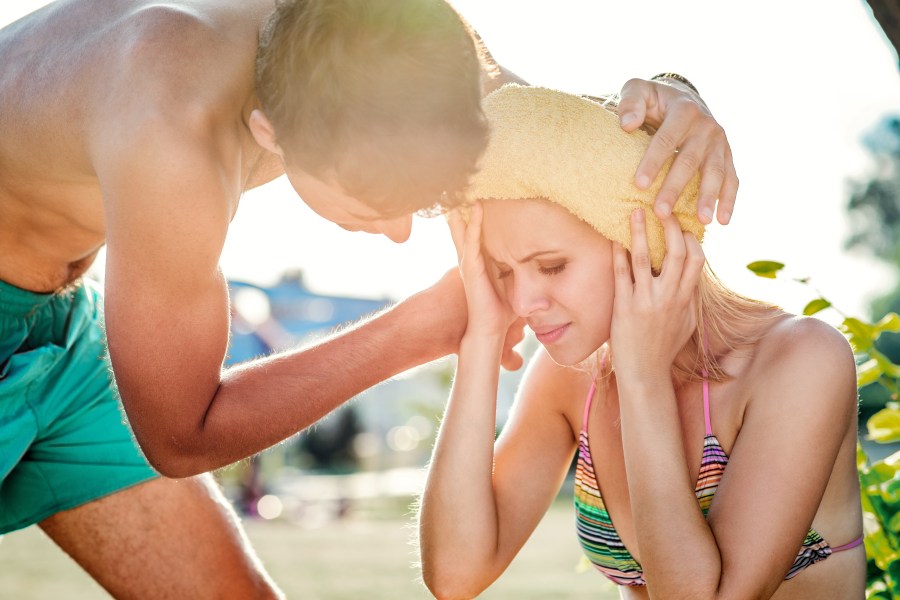HONOLULU (KHON2) — As many people travel from Hawaiʻi back to the mainland this summer, it’s important to be aware of the record high temperatures and humidity levels across the United States.
Heat exhaustion and heat stroke are serious risks during extreme heat, and Dr. Philip Verhoef, an Associate Clinical Professor of Medicine at the John A. Burns School of Medicine, offers valuable advice on how to stay safe.
Heat risks during travel
Traveling from Hawaiʻi, where the heat is relatively stable, to mainland destinations experiencing record temperatures can be challenging.
“Heat exhaustion happens when you’ve become so hot that you start to be unable to cool yourself with your body’s natural mechanisms,” explained Dr. Verhoef. This can happen even if you’re staying hydrated.
Hydration is crucial, but it’s not always enough. Dr. Verhoef recommends drinking at least a quart of water per hour in extreme heat.
“If you’re starting to feel more tired, develop a headache, or feel nauseous, you might be experiencing heat exhaustion,” he warned. In such cases, it’s essential to find ways to cool down immediately.
Understanding heat stroke
Heat stroke is a severe form of heat-related illness that affects brain function.
“When it’s heat stroke, your body has gotten so hot that it’s not able to deliver blood to your brain properly,” Dr. Verhoef noted.
Symptoms include confusion, dizziness, and even passing out. Heat stroke can cause brain damage and harm other organs like the kidneys and heart if not treated promptly.
For those watching someone else, signs like confusion or lack of sweating are critical to recognize.
“If someone stops sweating, it means they’re severely dehydrated and need immediate help,” said Dr. Verhoef. “Move them to a cooler place, give them water, and seek medical attention if necessary.”
Staying safe in high heat
When traveling to areas with extreme heat, plan activities during cooler parts of the day, such as early morning or late evening.
“It’s important to recognize the signs early and take action to cool down,” emphasized Dr. Verhoef.
Dr. Verhoef also highlights the importance of taking breaks in shaded or cool areas and wearing light, breathable clothing. Using cooling aids like wet cloths or fans can help manage body temperature.
Even in dry heat, like in Las Vegas, you can still overheat. Dr. Verhoef advises staying ahead of hydration and finding ways to stay cool.
“Any number of different things can help stay cool and avoid heat exhaustion and heat stroke,” he said.
Traveling smart
As you plan your travels, keep in mind the importance of staying hydrated and recognizing early signs of heat-related illnesses.
Listen to your body, take breaks, and use cooling aids to prevent overheating. By taking these precautions, you can ensure your travel experiences are safe and enjoyable.
For more travel tips and personal stories, check out the Unfit Adventurer series on KHON2.com.
